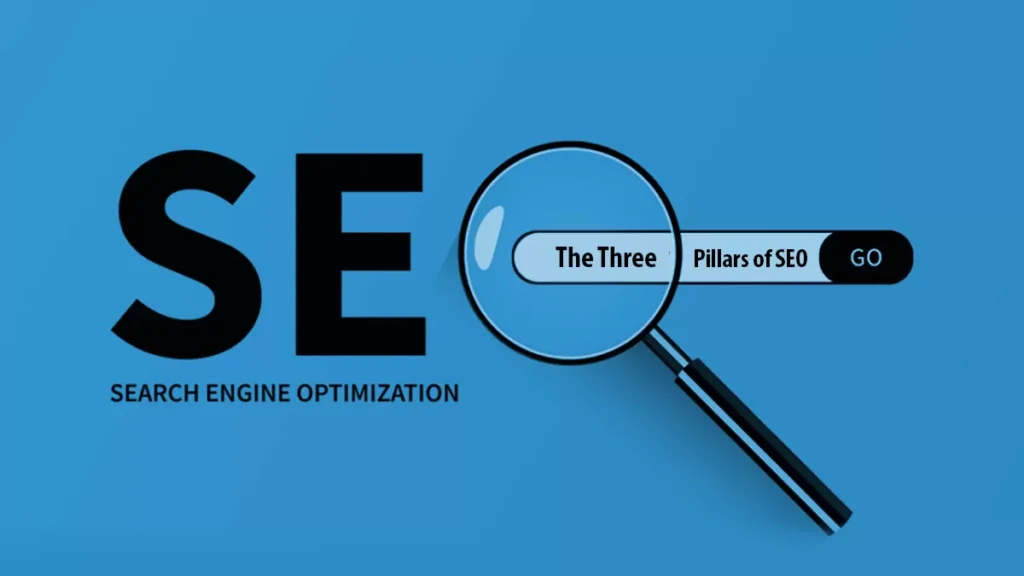Let’s start by asking an obvious question: what exactly is SEO?
SEO stands for ‘Search Engine Optimization’, which is the process of getting traffic from free, organic, editorial, or natural search results in search engines. It aims to improve your website’s position in search results pages (SERPs). Remember, the higher the website is listed, the more people will see it.
There’s a great graphic created by Rand Fiskin, co-founder of Moz, that takes from Maslow’s Hierarchy of Needs’ pyramid. Fishkin’s ‘Mozlow’s Hierarchy of SEO Needs’ looks at how people should execute SEO.

Top tip: SEO is no longer confined to search engines like Google or Bing. It’s also important for social networks such as YouTube and TikTok as people turn to social media to find information.
What are the three pillars of SEO?
As a digital marketer, knowing how to get your brand, website, or company found by searchers is a core skill, and understanding how SEO is evolving will keep you at the top of your game.
While SEO changes frequently in small ways, its key principles do not. We can break SEO into three core components or pillars that you need to be familiar with – and action regularly:
Technical Optimization: Technical Optimization is the process of completing activities on your site that are designed to improve SEO but are not related to content. It often happens behind the scenes. A simple example of technical optimization is submitting your sitemap to Google.
On-Page Optimization: On-Page Optimization is the process of ensuring the content on your site is relevant and provides a great user experience. It includes targeting the right keywords within your content and can be done through a content management system like WordPress, Wix, Drupal, Joomla, Magento, or Shopify.
Off-Page Optimization: Off-Page Optimization is the process of enhancing your site’s search engine rankings through activities outside of the site. This is largely driven by high-quality backlinks, which help to build the site’s reputation.
How do search engines actually work?
Search engines are used by people when they have a query and are searching online for the answer.
Search engine algorithms are computer programmes that look for clues to give searchers the exact results they are looking for. Search engines rely on algorithms to find web pages and decide which ones to rank for any given keyword. Remember there’s also social media algorithms to consider for search.
There are three steps to how search engines work: crawling, indexing and ranking.
Step 1: Search Engine Crawling
The first step is crawling. Search engines send out web crawlers to find new pages and record information about them. We sometimes call these web crawlers ‘spiders’,‘robots’ or Googlebots.
Their purpose is to discover new web pages that exist, and to periodically check the content on pages they’ve previously visited to see whether they’ve changed or been updated.
Search engines crawl web pages by following links they’ve already discovered. So if you have a blog and it’s linked from your homepage, when a search engine crawls your homepage, it will then look for another link and may follow the link to your new blog post.

Step 2: Search Engine Indexing
The second step is indexing. Indexing is when a search engine decides whether or not it is going to use the content that it has crawled. If a crawled web page is deemed worthy by a search engine, it will be added to its index.
This index is used at the final ranking stage. When a web page or piece of content is indexed, it is filed and stored in a database where it can later be retrieved. Most web pages that offer unique and valuable content are placed into the index. A web page might not be placed in the index if:
- The content is considered duplicate
- The content is considered low value or spammy
- It couldn’t be crawled
- The page or domain lacked inbound links
